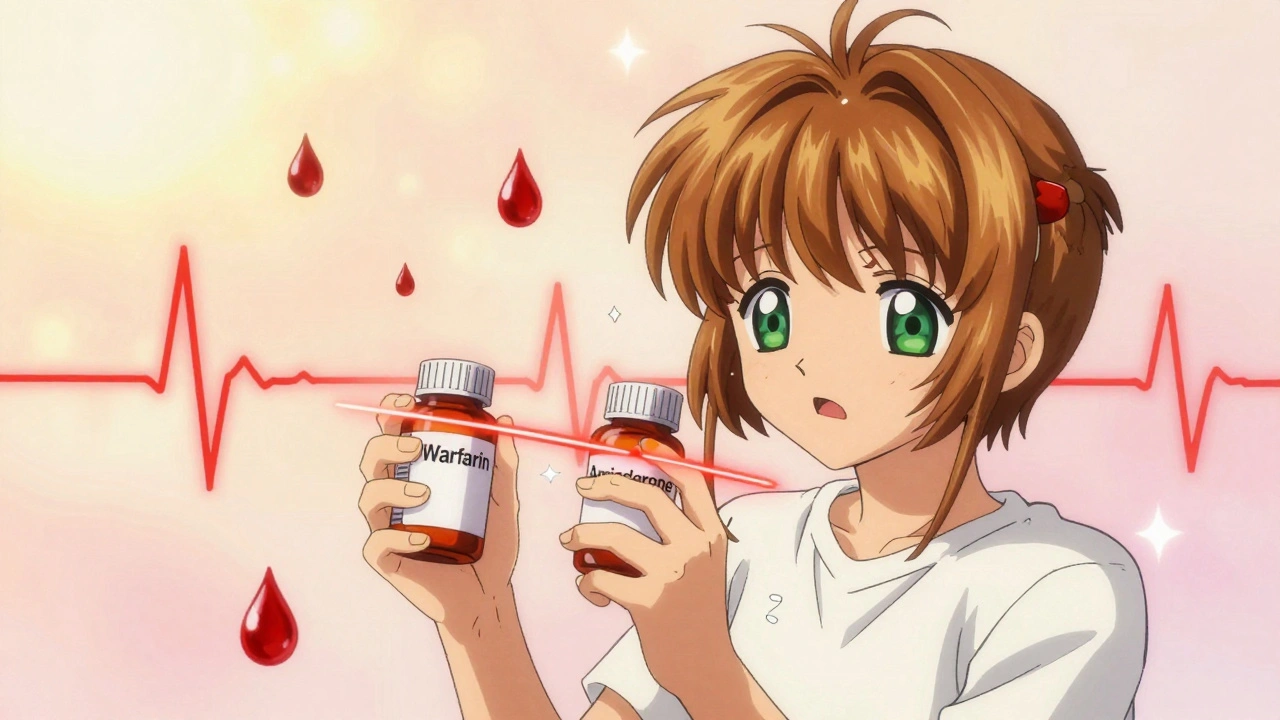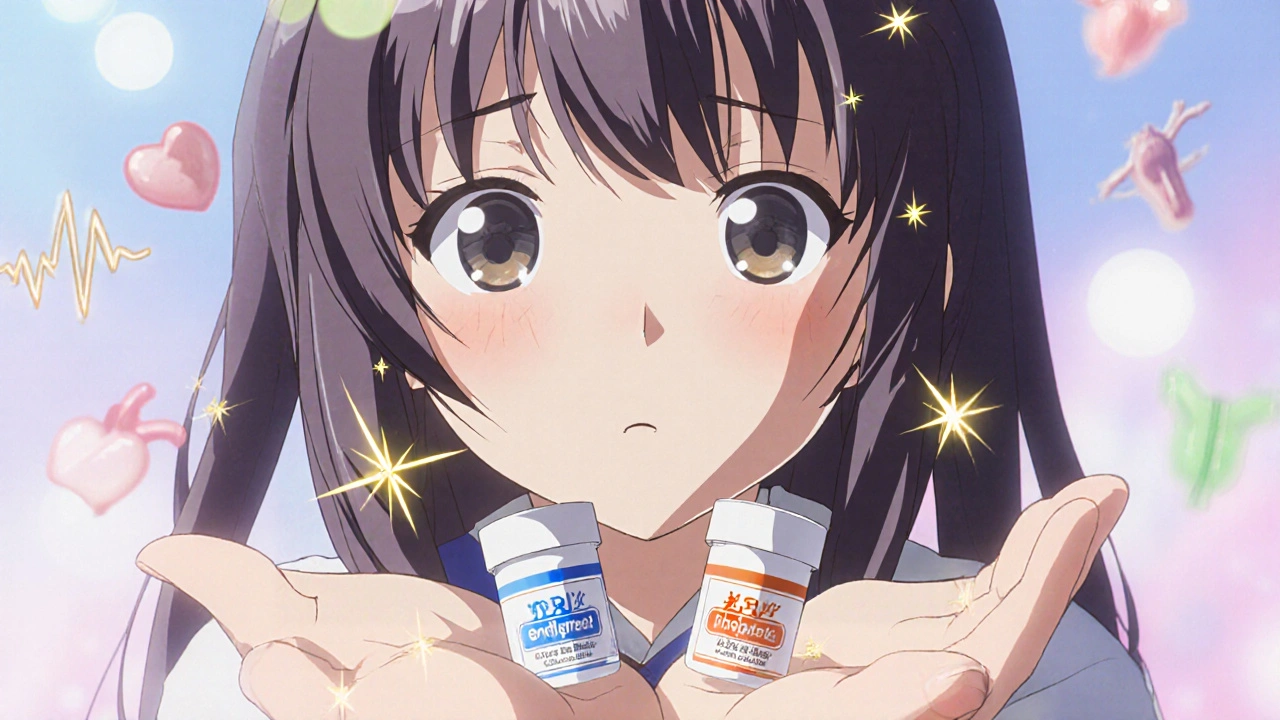Bioequivalence: What It Means for Generic Drugs and Your Health
When you pick up a generic pill, you’re counting on it to do the same job as the brand-name version. That’s where bioequivalence, the scientific proof that two drug formulations release the same amount of active ingredient at the same rate in the body. Also known as therapeutic equivalence, it’s the invisible guarantee that your $5 generic tablet won’t fail you when your $50 brand-name one does. Without this standard, generic drugs would be guesswork—maybe they work, maybe they don’t. But bioequivalence isn’t just a buzzword. It’s a strict, measurable process backed by real data from thousands of clinical tests.
Behind every generic drug is a pharmaceutical equivalence, the matching of active ingredients, strength, dosage form, and route of administration. But that’s only half the story. Two pills can have identical ingredients and still behave differently in your body. One might dissolve too fast, another too slow. Bioequivalence checks the real-world performance: how much of the drug enters your bloodstream, how quickly, and how long it lasts. The FDA and global regulators require generic manufacturers to prove their product’s absorption curve matches the original within a narrow range—usually 80% to 125% of the brand’s levels. If it doesn’t hit that mark, it doesn’t get approved.
This isn’t just about cost savings. It’s about trust. When someone with high blood pressure switches from a brand to a generic, they need to know their medication won’t suddenly stop working—or worse, cause a spike. Studies show that for most drugs, bioequivalence holds up perfectly in real life. But there are exceptions. Drugs with narrow therapeutic windows—like warfarin, levothyroxine, or anti-seizure meds—demand extra care. Even small differences in absorption can matter. That’s why some doctors still prefer brands for these cases, even if the generics pass bioequivalence tests.
What you’ll find in this collection are real-world stories and science-backed breakdowns of how bioequivalence plays out in practice. You’ll see how patent lawsuits delay generic entry, how manufacturing quality affects absorption, and why some people swear their generic doesn’t work—while others feel no difference at all. We’ll walk through landmark cases that changed how generics are approved, look at how aging affects drug metabolism, and explain why a pill’s coating or filler can make or break bioequivalence. You’ll also find posts that compare generics side-by-side, reveal hidden risks in switching, and show how regulators catch fakes before they reach shelves.
Whether you’re saving money on your prescriptions, managing a chronic condition, or just curious why generics cost so much less, understanding bioequivalence gives you real power. It turns guesswork into informed choices. And in a world where drug prices keep climbing, knowing what makes a generic truly equal isn’t just smart—it’s essential.

